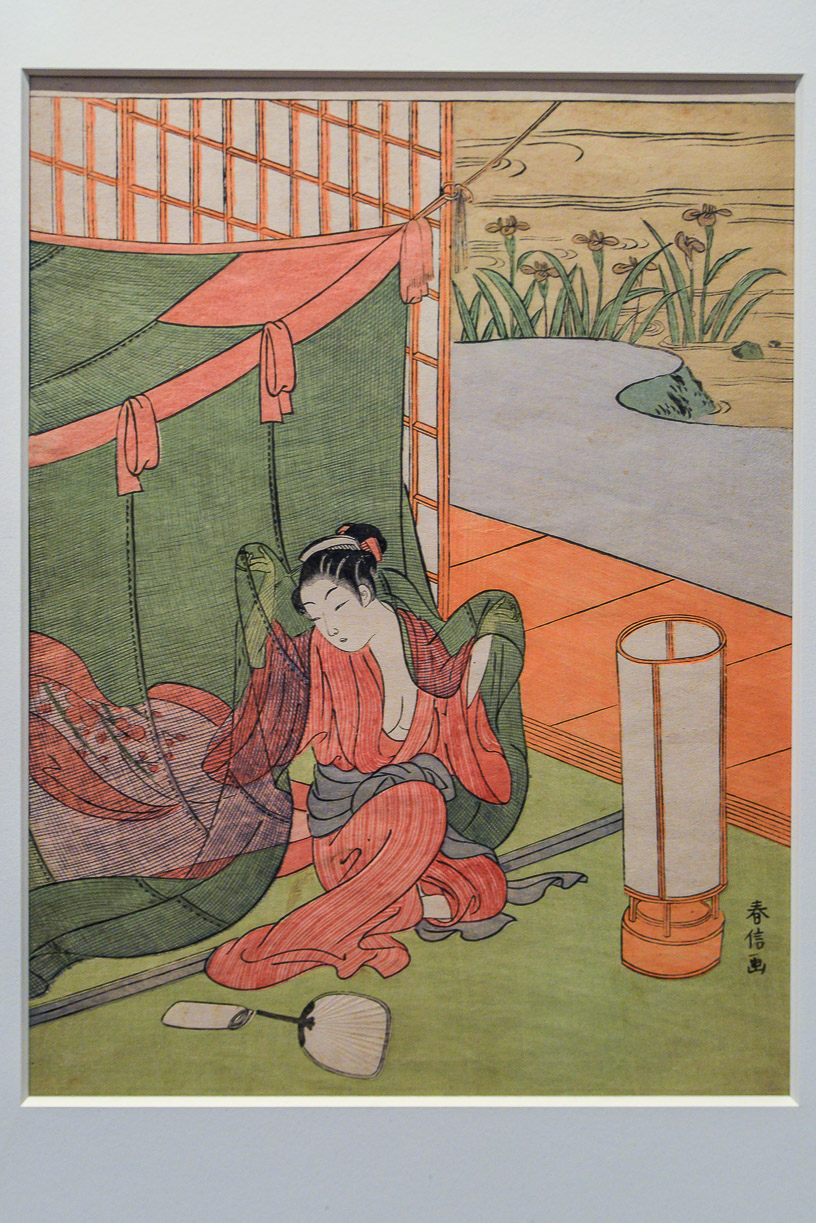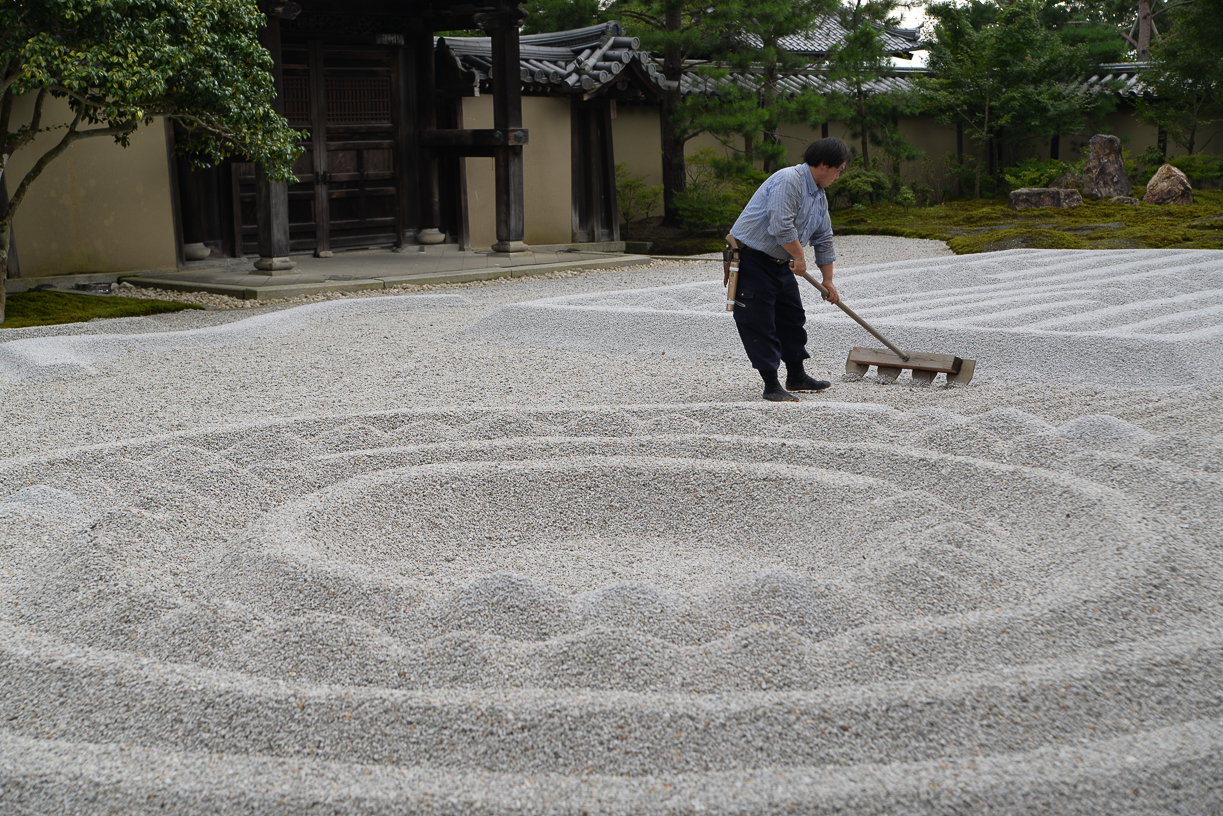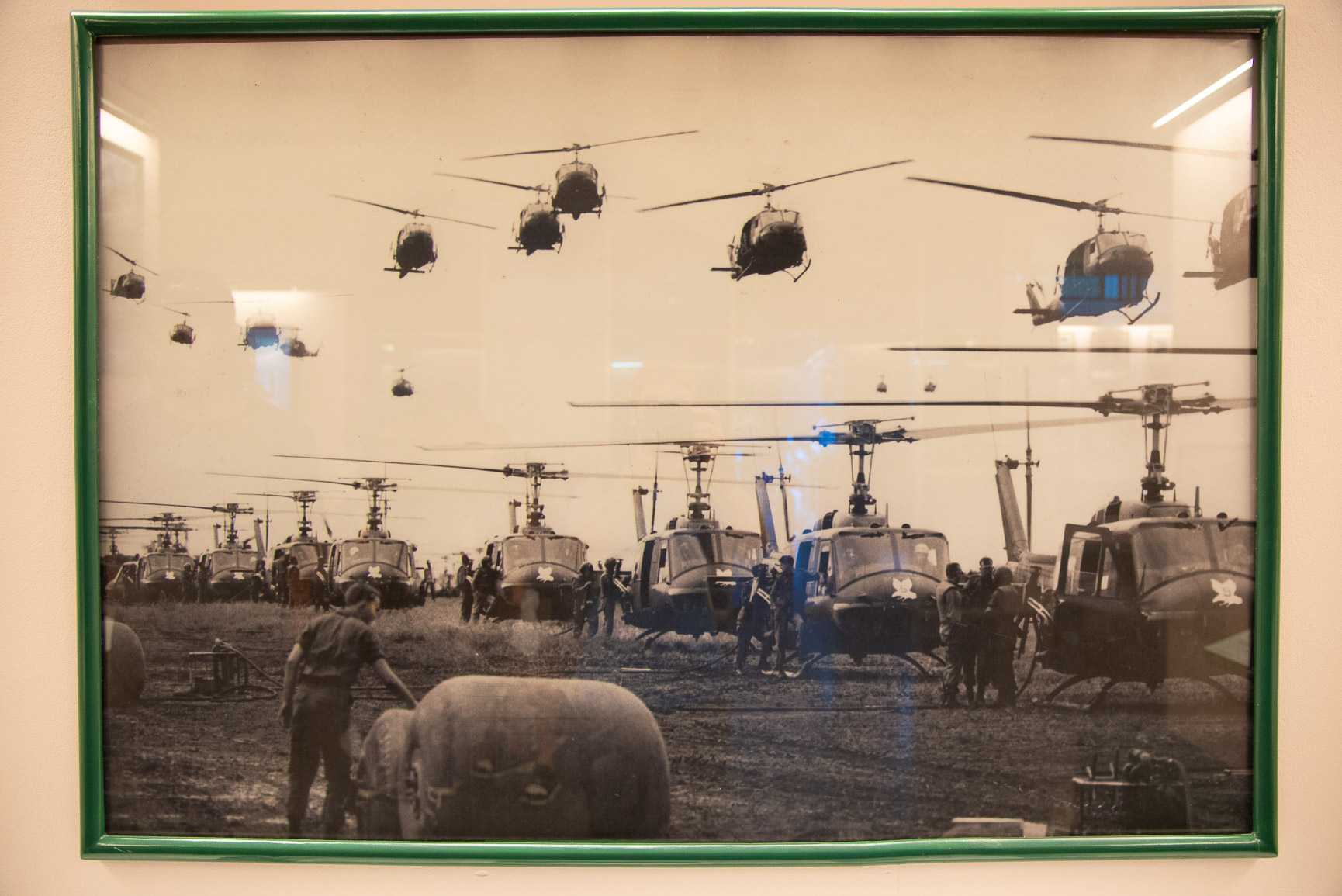The Seven Wonders of the Ancient World – Echoes of Human Ambition
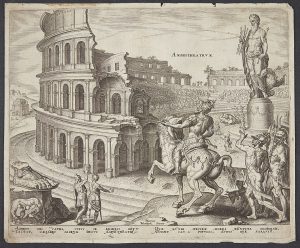
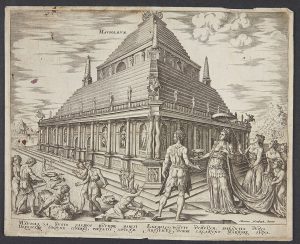
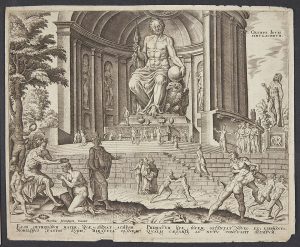
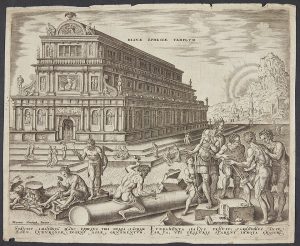
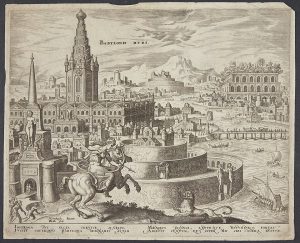
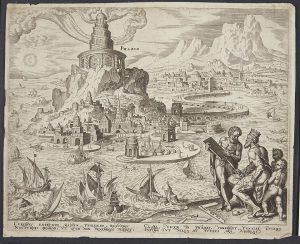
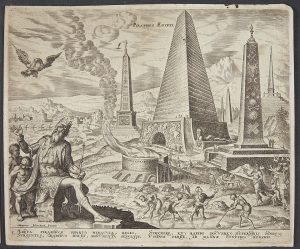
The Seven Wonders of the Ancient World were remarkable constructions known to ancient Greek travelers and scholars. They symbolized the incredible artistic and architectural achievements of early civilizations in the Mediterranean and Near East. Originally compiled by ancient Greek historians like Herodotus and later formalized during the Hellenistic period, the list included:
Great Pyramid of Giza (Egypt) – The only surviving wonder; a monumental tomb built for Pharaoh Khufu.
Hanging Gardens of Babylon (Iraq) – A legendary terraced garden, possibly mythical, said to float above the city.
Statue of Zeus at Olympia (Greece) – A colossal gold-and-ivory statue of the god Zeus, created by Phidias.
Temple of Artemis at Ephesus (Turkey) – A massive, ornate temple dedicated to the goddess Artemis.
Mausoleum at Halicarnassus (Turkey) – A richly decorated tomb for Mausolus, a Persian satrap.
Colossus of Rhodes (Greece) – A giant bronze statue of the sun god Helios, guarding the harbor.
Lighthouse of Alexandria (Egypt) – A towering beacon on the island of Pharos, guiding sailors into port.
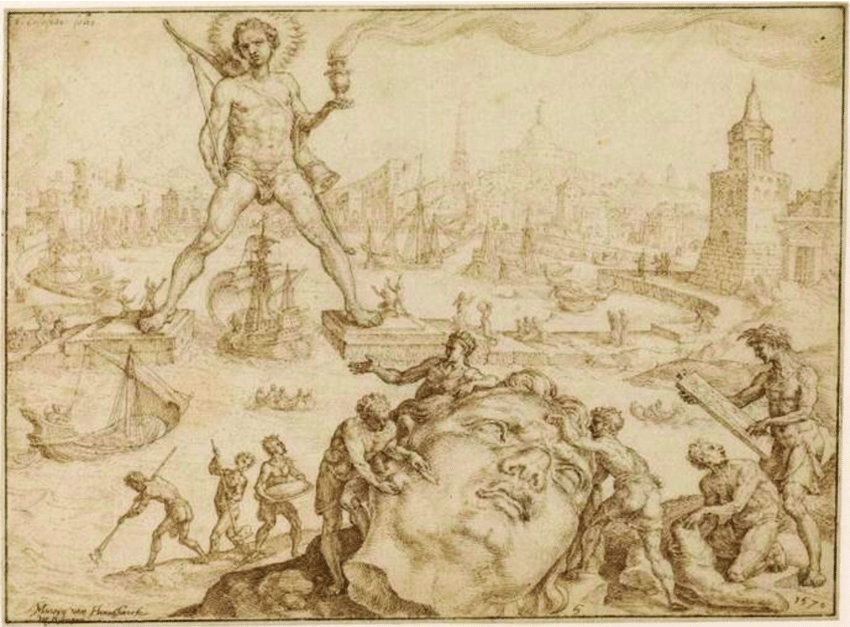
These wonders showcased not only architectural brilliance but also the cultural and spiritual values of their time. Most were destroyed by earthquakes or invasions, leaving behind only descriptions, myths, and ruins. In the time of ancient Greece, poets and philosophers began listing the greatest human creations they had seen or heard of. The list evolved into the Seven Wonders of the Ancient World, marvels scattered across the known Mediterranean world. These were not merely architectural feats, they were statements of ambition, divinity, and beauty.
Octo Mundi Miracula – In Search of the Eighth Wonder
In 1572, Flemish engraver Philips Galle, working from a series of paintings by the Dutch master Maarten van Heemskerck, published a set of eight engravings titled Octo Mundi Miracula, The Eight Wonders of the World.
The series depicted the Seven Wonders of the Ancient World, as imagined during the Renaissance, but there was something unusual. Galle added the Colosseum of Rome beyond the traditional seven, a monument people could still visit in person, lending credibility and relatability to the set.
Galle, including this eighth image, seemed to create an opening. Some speculate it was an artistic addition, others say it suggested a philosophical truth:
The eighth wonder is not fixed, it is to be discovered.
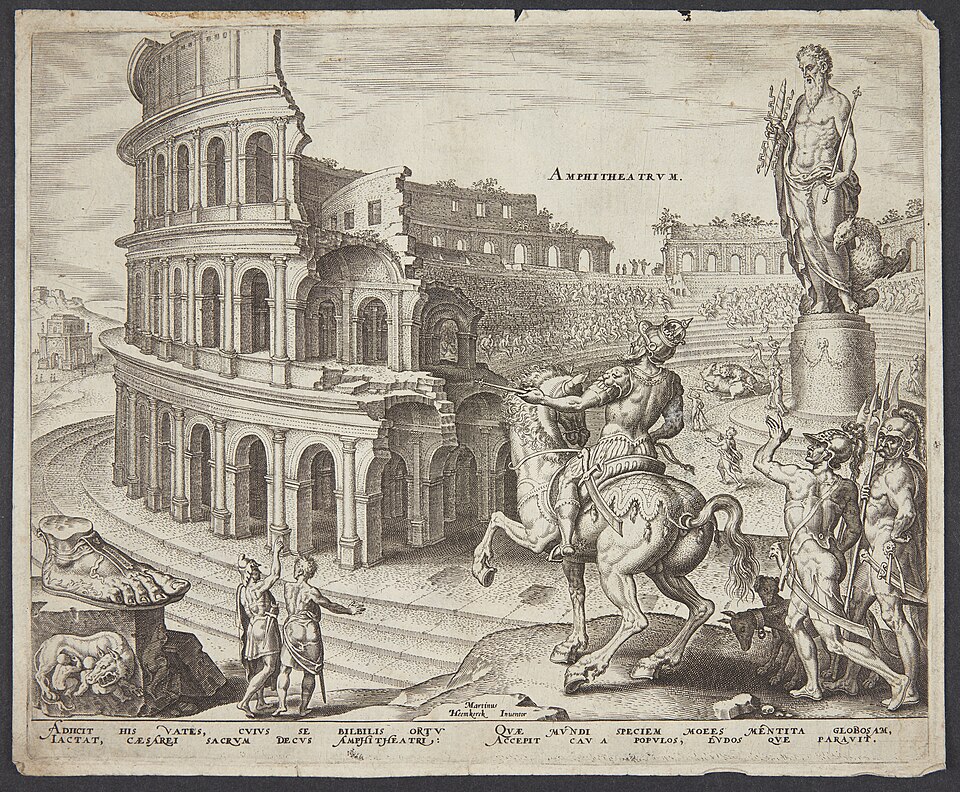
What the Seven Wonders of the Ancient World Teach Us About Travel Today
Long before passports and flight paths, ancient travelers stood in awe beneath towering temples, colossal statues, and floating gardens. The Seven Wonders of the Ancient World weren’t just marvels of engineering. They were expressions of faith, power, imagination, and the enduring human desire to leave something magnificent behind.
Though most of these wonders have vanished, their stories still echo through ruins, legends, and the landscapes they once transformed. They remind us that every era, every culture, has its own definition of wonder and that the spirit of exploration is as old as civilization itself.
At Wonders & Wanderers, we believe that every place has its wonder. Whether it’s the Botanical garden in Madeira, the floating torii gate of Miyajima, or the quiet resilience of Hiroshima, we travel not to collect sites, but to connect with the deeper soul of a place, its people, stories, and time-worn truths.
By following in the footsteps of thinkers like Bruce Chatwin and Tiziano Terzani, we ask: What makes something a wonder? Not its scale, but its power to move us, transform us, and remind us who we are.
So while the ancient wonders inspire our imagination, it’s the everyday wonders, the hidden shrine, the mountain path, the smile of a stranger that become the milestones of meaningful travel.


